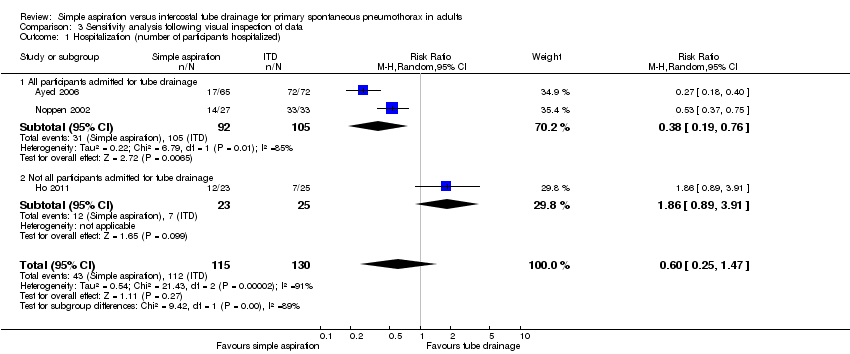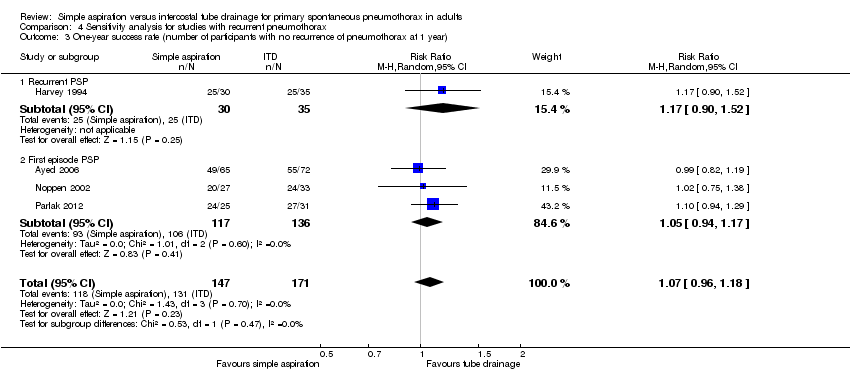Contenido relacionado
Revisiones y protocolos relacionados
Michael Ashby, Greg Haug, Pete Mulcahy, Kathryn J Ogden, Oliver Jensen, Julia AE Walters | 18 diciembre 2014
Sana Alkhawaja, Claudio Martin, Ronald J Butler, Femida Gwadry‐Sridhar | 4 agosto 2015
Djillali Annane, Eric Bellissant, Pierre Edouard Bollaert, Josef Briegel, Didier Keh, Yizhak Kupfer, Romain Pirracchio, Bram Rochwerg | 6 diciembre 2019
Louise Rose, Marcus J Schultz, Chris R Cardwell, Philippe Jouvet, Danny F McAuley, Bronagh Blackwood | 10 junio 2014
Karen EA Burns, Francois Lellouche, Rosane Nisenbaum, Martin R Lessard, Jan O Friedrich | 9 septiembre 2014
Matteo Bruschettini, Olga Romantsik, Simona Zappettini, Colm PF O'Donnell, Maria Grazia Calevo | 1 febrero 2019
Rajesh M Shetty, Antonio Bellini, Dhuleep S Wijayatilake, Mark A Hamilton, Rajesh Jain, Sunil Karanth, ArunKumar Namachivayam | 21 febrero 2018
Bronagh Blackwood, Karen EA Burns, Chris R Cardwell, Peter O'Halloran | 6 noviembre 2014
Sheryl Warttig, Phil Alderson, David JW Evans, Sharon R Lewis, Irene S Kourbeti, Andrew F Smith | 25 junio 2018
Fabienne Gebistorf, Oliver Karam, Jørn Wetterslev, Arash Afshari | 27 junio 2016
Respuestas clínicas Cochrane
Jane Burch, Sera Tort | 4 abril 2018
















